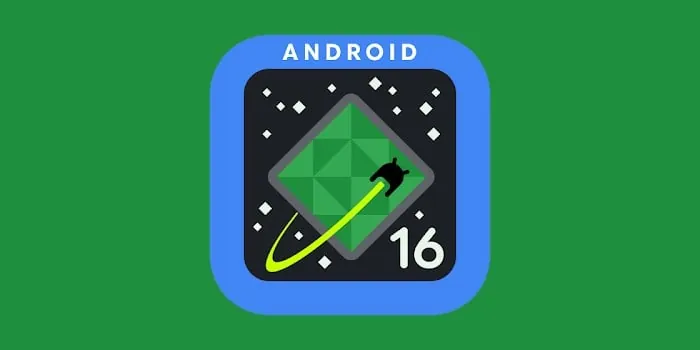
Google Unveils Early Release Cycle for Android 16: What You Need to Know!
2024-11-20
Author: Sarah
Introduction
In a significant announcement on Monday, Google rolled out the first developer preview of Android 16, marking a critical step in the progression of its mobile operating system. This release is particularly noteworthy not only for its innovative features but also for a major shift in Google's Android release schedule.
Major Release Shift
According to Matthew McCullough, Google's Vice President of Product Management for Android, the tech giant plans to deliver major releases a quarter earlier, moving to Q2 instead of the traditional Q3, which has been the norm over the last few years. The new timeline aims to facilitate synchronization with device launches across Google’s diverse ecosystem, enabling a broader range of devices to receive the latest version of Android sooner.
Impact on Consumers and Developers
This initiative is undoubtedly favorable for consumers and device manufacturers alike, allowing them to align closely with Google’s own Pixel phone launches. Historically, Google's Pixel devices have been the early beneficiaries of new Android versions, typically debuting in Q3. However, developers should note that this shift means they will need to expedite their annual compatibility testing to ensure their applications are ready for the updated platform.
Timelines for Android 16 Release
McCullough advised that the full release of Android 16 is expected in Q2 of 2025, so preparation must start sooner to accommodate this accelerated timeline. Adding to the excitement, Google plans a secondary release for Q4 of 2025, which will introduce new developer APIs. McCullough emphasized that the upcoming Q2 release will be the sole one in 2025 encompassing planned behavior changes that may impact applications.
Platform Stability and Testing Opportunities
Developers can anticipate achieving Platform Stability by late Q1 of 2025, projected for March, which will provide an ample testing window before the official launch. Furthermore, Google is set to introduce additional cuts of Android in both Q1 and Q3, designed to provide incremental updates to bolster quality between API releases.
Innovations in Android 16
The developer preview of Android 16 features several cutting-edge innovations, including enhancements to the Android photo picker, which promises a more seamless integration into apps while maintaining strict user privacy controls. Developers will need to utilize a new Android Jetpack library to incorporate this enhanced feature.
Health Connect and User Empowerment
Another exciting addition is an upgraded version of Health Connect, featuring preliminary APIs that support health records in FHIR (Fast Healthcare Interoperability Resources) format, allowing applications to read and write medical records with explicit user consent. This symbolizes Google's intention to further empower users in managing their health data efficiently.
Privacy Sandbox Advances
Additionally, the latest iteration of the Privacy Sandbox on Android reflects Google’s commitment to creating technologies that prioritize user privacy. The introduction of the SDK Runtime, which separates SDKs within a dedicated runtime environment from the apps they serve, is expected to strengthen safeguards around user data collection and sharing.
Conclusion
While these advancements in user privacy and security are promising, they still raise questions regarding Google's overarching business model, which relies heavily on data collection. As Android 16 approaches its launch, both developers and users are left to navigate the evolving landscape of mobile technology and privacy concerns. Stay tuned as the countdown to Android 16 begins – the future of mobile is indeed thrilling!



 Brasil (PT)
Brasil (PT)
 Canada (EN)
Canada (EN)
 Chile (ES)
Chile (ES)
 España (ES)
España (ES)
 France (FR)
France (FR)
 Hong Kong (EN)
Hong Kong (EN)
 Italia (IT)
Italia (IT)
 日本 (JA)
日本 (JA)
 Magyarország (HU)
Magyarország (HU)
 Norge (NO)
Norge (NO)
 Polska (PL)
Polska (PL)
 Schweiz (DE)
Schweiz (DE)
 Singapore (EN)
Singapore (EN)
 Sverige (SV)
Sverige (SV)
 Suomi (FI)
Suomi (FI)
 Türkiye (TR)
Türkiye (TR)